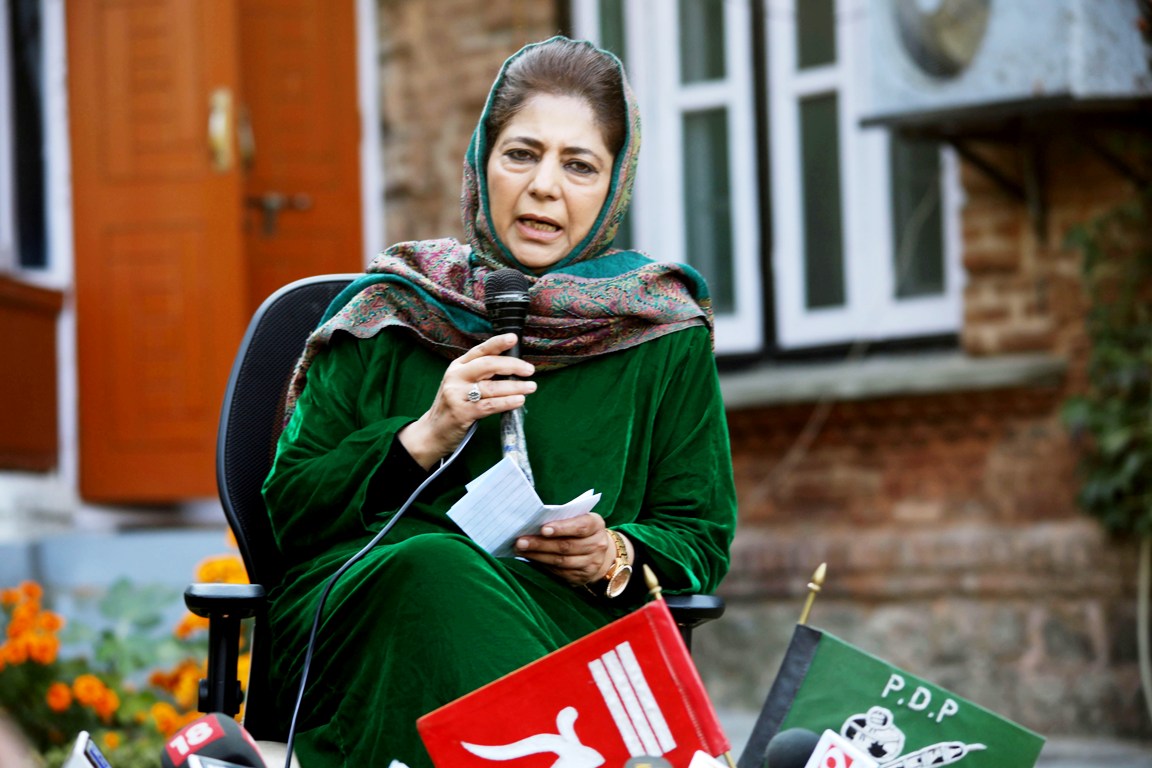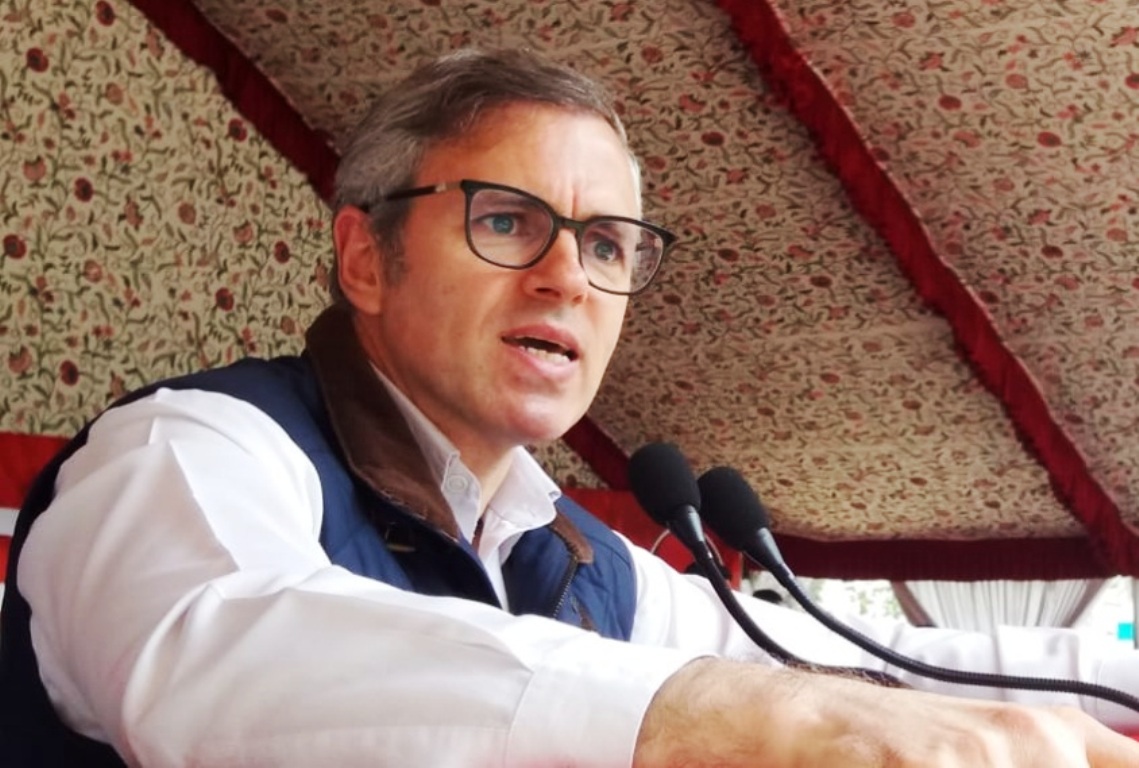by Bilal Bahadur
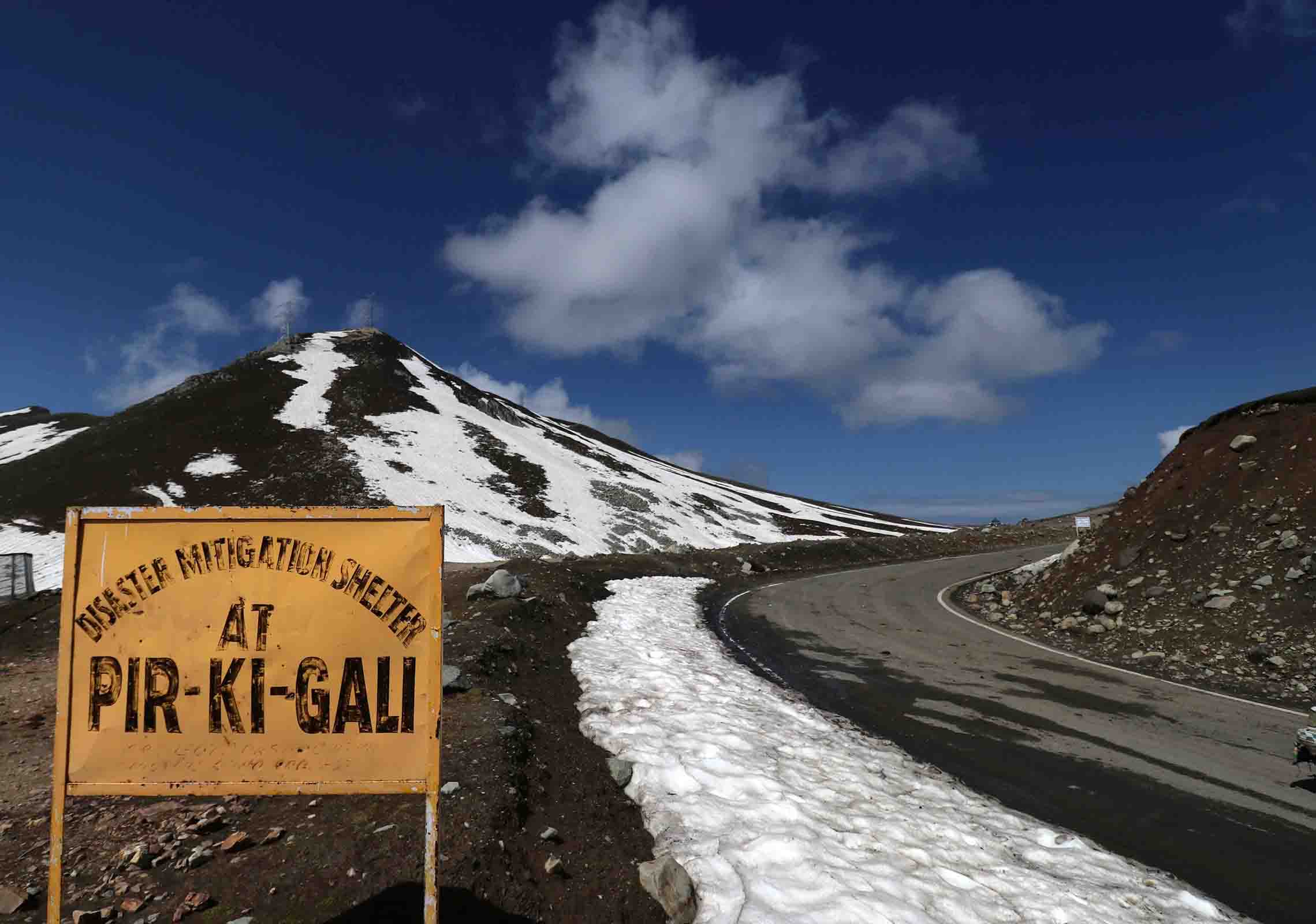
The yearly migration of nomadic Bakerwal tribes towards greener pastures of Kashmir valley is usually a picture-perfect moment. But this migration has turned into a daunting task for these nomadic people as the world is under lockdown.
On June 2, I travelled up to Pir Ki Gali, a treacherous mountain pass connecting Kashmir valley with Pir Panchal region in south Kashmir’s Shopian, to witness the arrival of first such batch of a nomadic tribe.
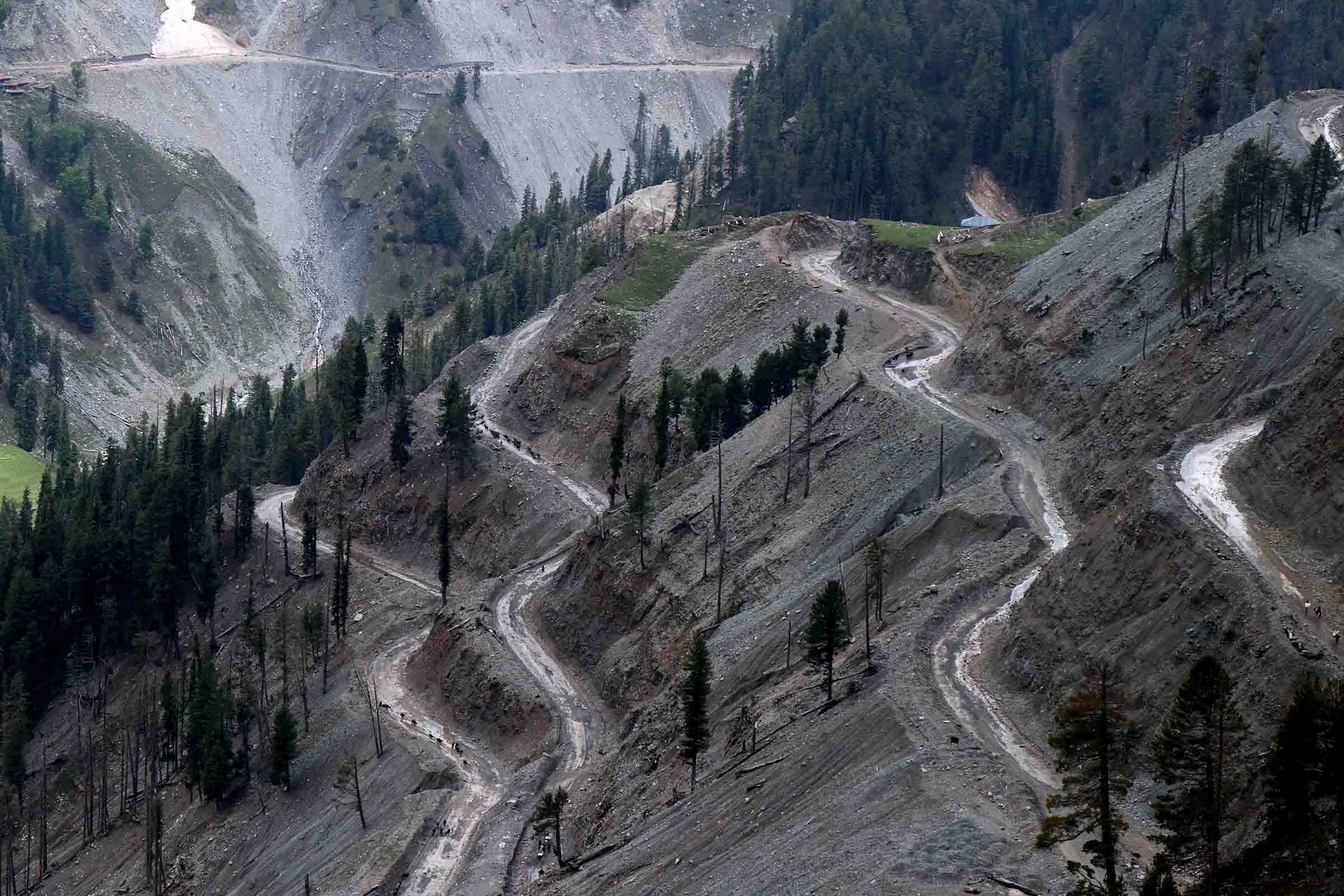
Pir Ki Gali is the highest point (11,450 feet) on historic Mughal Road, which used to be the only access route to Kashmir valley with the outside world. The road was made famous by Mughal emperor Jehangir, who travelled with his entourage to Kashmir from his seat of power in Lahore in later part of the sixteenth century. Between Srinagar and Lahore, Mughals constructed fourteen Sarais (resting places), to make the Emperor’s journey to Kashmir valley comfortable and hassle-free.
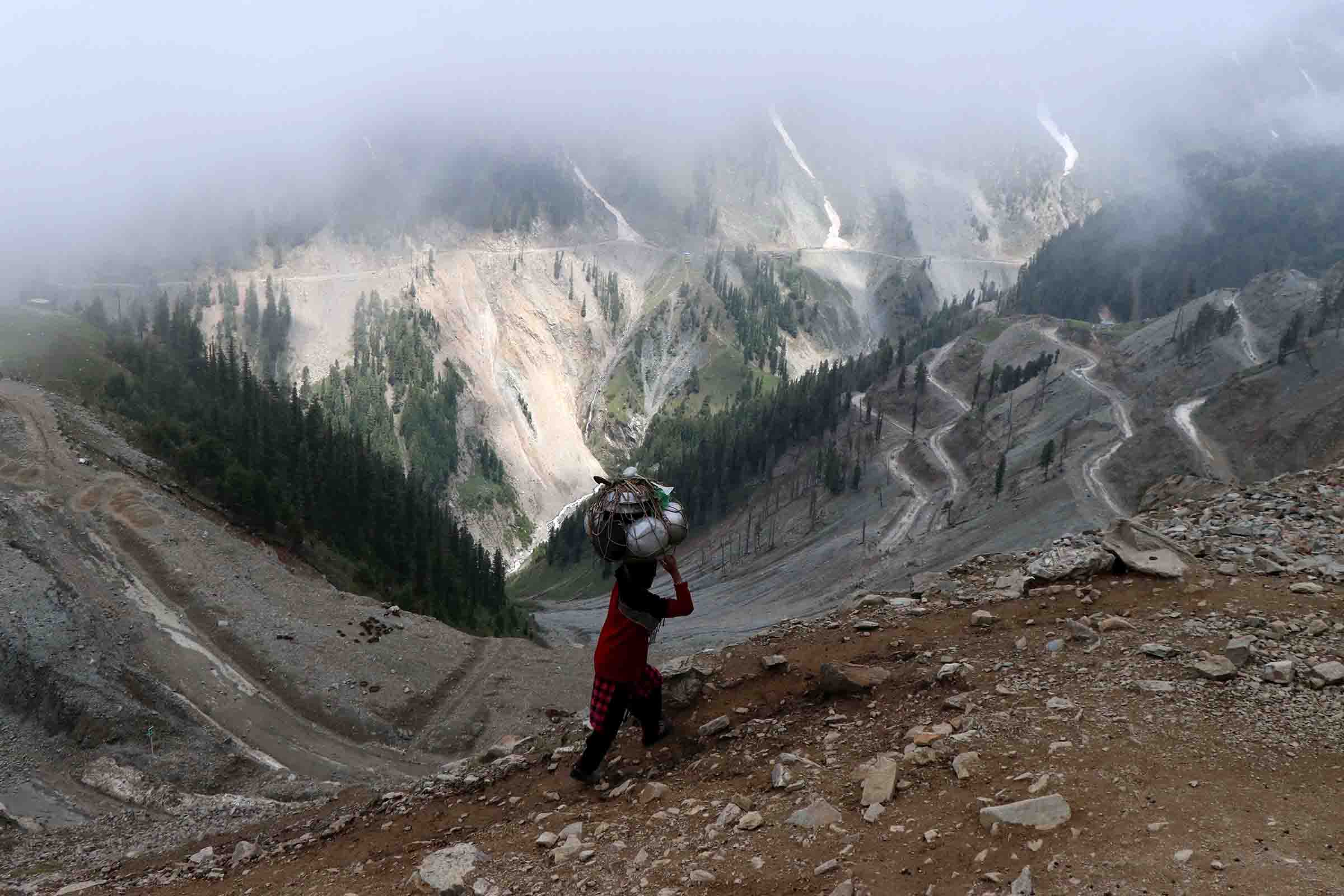
The ruins of these Sarais, still dot the Mughal road, as they are now used by nomads to shelter themselves and their herd during migration from higher pastures of Rajouri and Poonch.
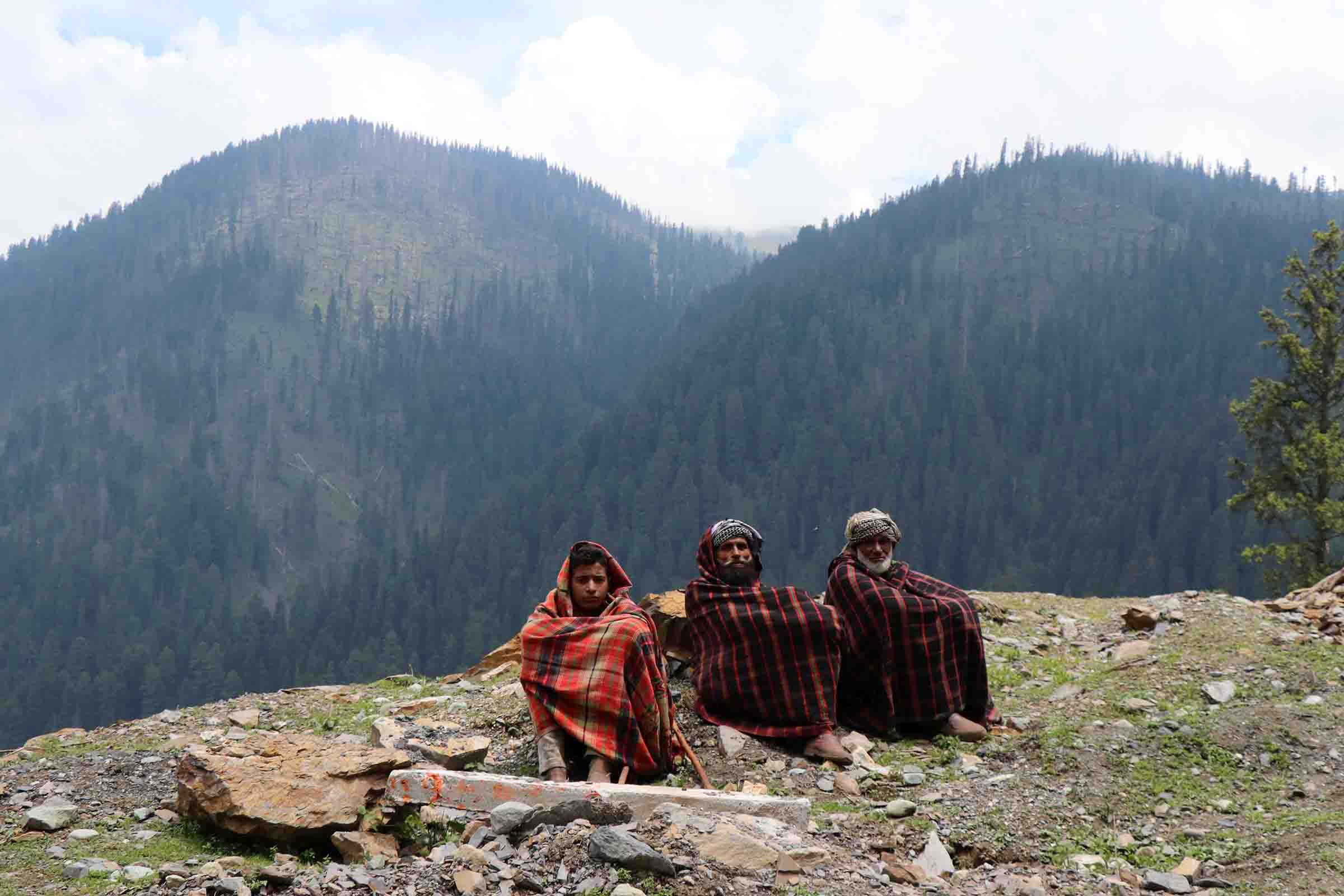
For a very long time, Mughal road was not in use till a new macadamized road was laid between Shopian and Bafliaz in 2014. The road was hailed as an all-weather road. But as the pass receives record snowfall, the road now is in shambles making it unfit for a journey beyond Pir Ki Gali.

The road that historically was used exclusively for the import of salt from a territory =- now in Pakistan, became Mughal Road after the Mughal annexation of Kashmir. However, after a macadamized road was laid, the road has led to increased interactions between the Pir Panchal region and Kashmir.

Apart from some business, the road led to revival of the old relations and new marriages. Almost 500marraiges have taken places between Pir Panchal Valley belts and parts of south Kashmir since the Mughal Road was thrown open.

As I met the first batch of nomads reaching Pir Ki Gali after a difficult journey through melting snow, landslides, roadblocks and other hurdles thrown in their way by mother nature, they looked exhausted and relaxed at the same time. They said their arrival was delayed because of the lockdown.
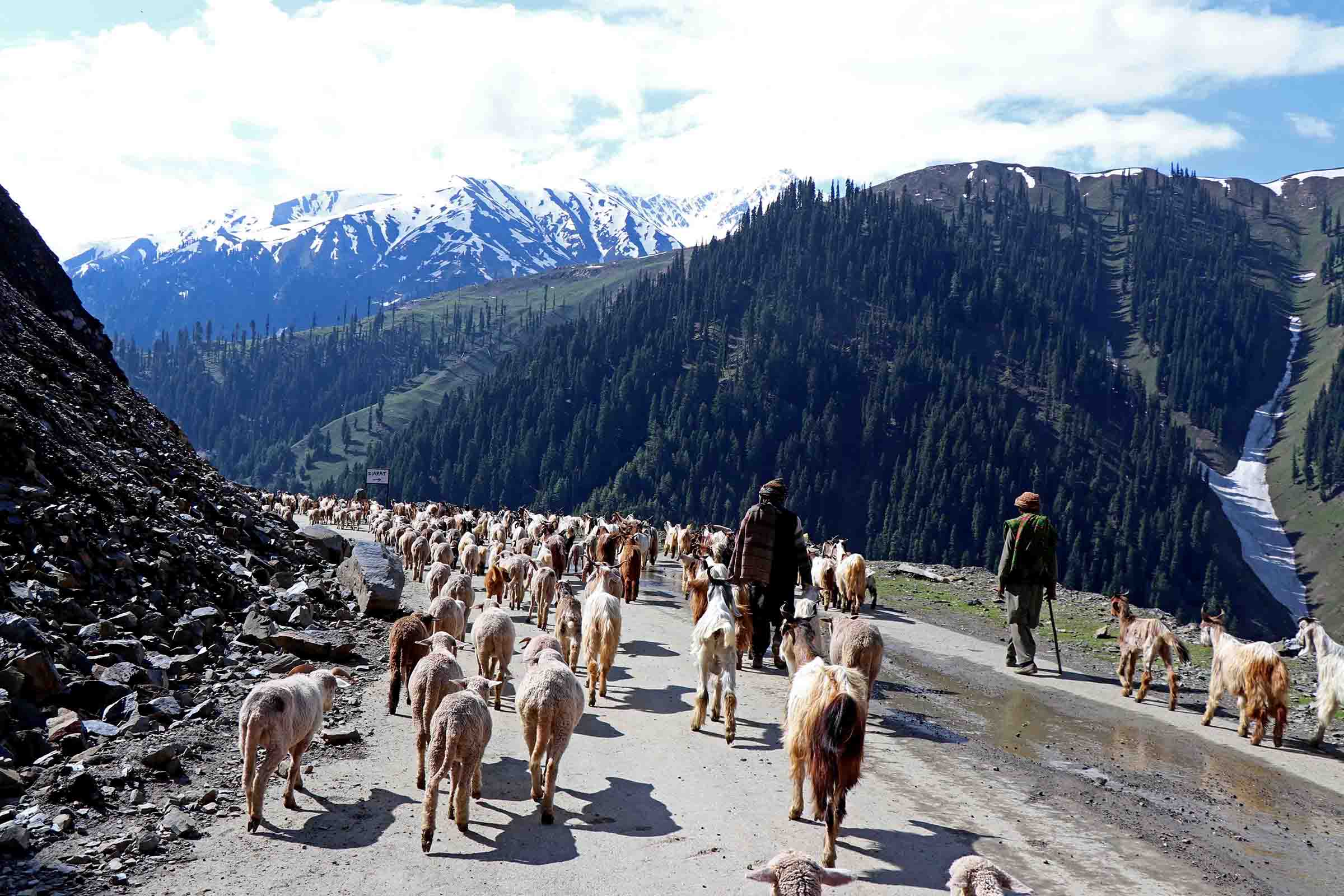
The entire road is laced with fascinating tourist spots. It also moves through a wildlife sanctuary where Markhor is abundant.
Unlike all earlier years, this road remained busy since March. A number of people working in the private and unorganised sector in Kashmir choose yo trek the road to reach home during the lockdown.





